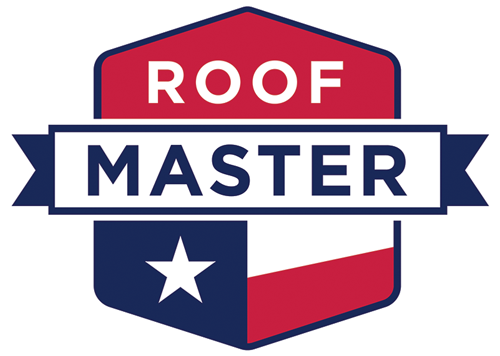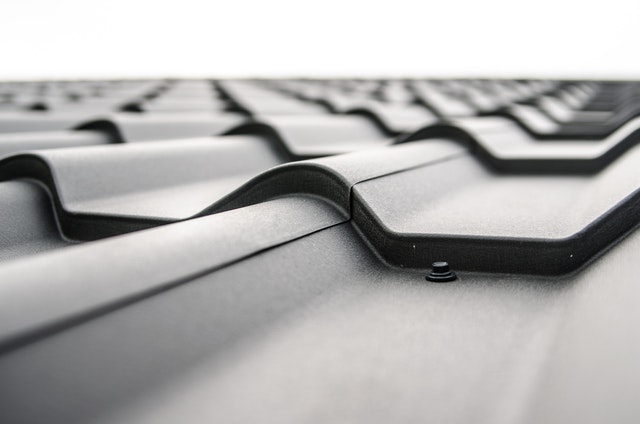A tarp is a temporary cover on your roof that protects your house from various forms of water damage, like rainwater damage. It’s often not optional, and even your insurance might require you to do it. You can do it yourself, although the most recommended option is to get an expert to install it.
Standing on a damaged roof attempting to install a tarp is dangerous since you might not have the necessary experience and equipment. Installing a tarp is incredibly important if your roof is shingled, as it prevents leak points from forming. It will shield your home from the bad weather.
Consider getting a professional service to do the job if you don’t feel comfortable or know how to tarp a roof properly.
Ensure that you prepare all the equipment you need to see it through. For instance, you will need a ladder, safety equipment, a camera, a measuring tarp, a sizable tarp, 2×4 wooden boards, and debris removal tools.
How To Tarp a Roof Without Nails in Eight Steps
When tarping a roof, following specific steps is essential to ensure you do it correctly and safely. You may have a surface to stand on, but you are still working at a height. Part of working like a professional is understanding what you have to do to complete the job safely and correctly.
Continue reading to learn how to put a tarp on a roof without nails.
Step 1: Examine and Measure the Extent of the Damage to the Roof
Try to get to the top of your roof to view the damaged part. If you can, examine the area from the ladder. As you assess the damaged sections of the roof, look for debris and damaged roofing materials while up there.
If you can’t climb the ladder, use the attic to access the roof. Look for signs like large water stains which indicate water damage. Get the damage measurement using a tape measure to get precise dimensions. This will help you determine the right tarp size.
Step 2: Take Pictures of the Damage
The camera you brought along will help gather proof in images for your insurance that you have a damaged roof. The photos will also guide you to know the size of a tarp you should get at the hardware shop.
Step 3: Buy the Tarp
At the store, ask the attendants to help you choose the right tarp to cover the damage. Tarps come in various sizes, but consider getting them in a bigger size than you need. You can return to the site after ensuring you have all the necessary equipment.
Step 4: Clear the Debris
Enlist help from a neighbor or a friend to assist you in tarping your roof. Even though that person will not be active in the installation, it’s safer to have someone nearby in an emergency. When all is right, use a heavy-duty brush or broom to clear the roof. Get rid of all branches and leaves that could accommodate insects.
Step 5: Unroll the Tarp and Lay It Out On the Roof
Once you’ve cleared the roof of all debris, you can unroll the tarp to find its corner. Ensure that you are working on a calm sunny day.
After unfolding it, lay it on the roof such that 4 feet of it lie on the roof slope on either side. You can leave the rest of the tarp to hang over the overhanging roof.
Step 6: Secure Tarp On the Four 2”×4” Boards
Use a drill to secure the 2” × 4” boards to the peak ends of the tarp. After laying them out, ensure that you leave at least 2 feet sticking to the sides. After that, you can attach the tarp and board by hammering nails into the tarp to reach the board underneath.
Repeat this process until all the peak ends of the tarp have a board underneath them. Next, wrap the tarp around the boards to cover all sides. It calls for you to wear a carpenter’s gloves.
First, you must lift the board from underneath and rotate it counter-clockwise. Repeat the process to ensure all the sides of the boards get covered.
Step 7: Install the Tarp and the Boards on the Roof
The next step in putting a tarp on a roof without nails is to lay out the finished product and drill it in on six equally spaced spots on each board. When drilling in the screws, it’s essential to ensure the screws go through the tarp and boards and into the roof.
All the boards need to go through that process. The goal is to secure the boards to the roof so that the tarp is partially secured to withstand harsh weather.
Step 8: Use Additional four 2”×4”s to Secure the Tarp
The initial board’s installation ensures that the tarp can withstand mild weather. However, the additional panels will sandwich the tarp between them and the existing boards allow it to withstand storms.
Screw the new boards in the existing ones. Repeat the process on all sides of the tarp to make the tarp taut and well fastened on the roof to endure harsh weather.
Secure the Overhang Using two 2”×4” Boards
After fastening the peak section, securing the Overhang is next. Use a board on each side of the Overhang, leaving 2 feet of the board. Finally, attach the panels to the tarp using cap nails.
Roll the overhanging tarp under the eve and screw it in. Please do this by rolling the tarp off the eave and then wrapping the wooden boards in a counter-clockwise motion to wrap the tarp around them. Wrap them until no tarp slack is left, and then screw the boards and tarp into the wall.
Final Words
Regardless of following all the rules of how to tarp a roof, it’s essential to know that it is only a temporary solution. Be cautious and get the necessary equipment for operating on a roof. Keep in mind that experts are trained to handle roofing issues, so call them if you have to. A well-installed tarp can hold your roof until you can afford repairs.



